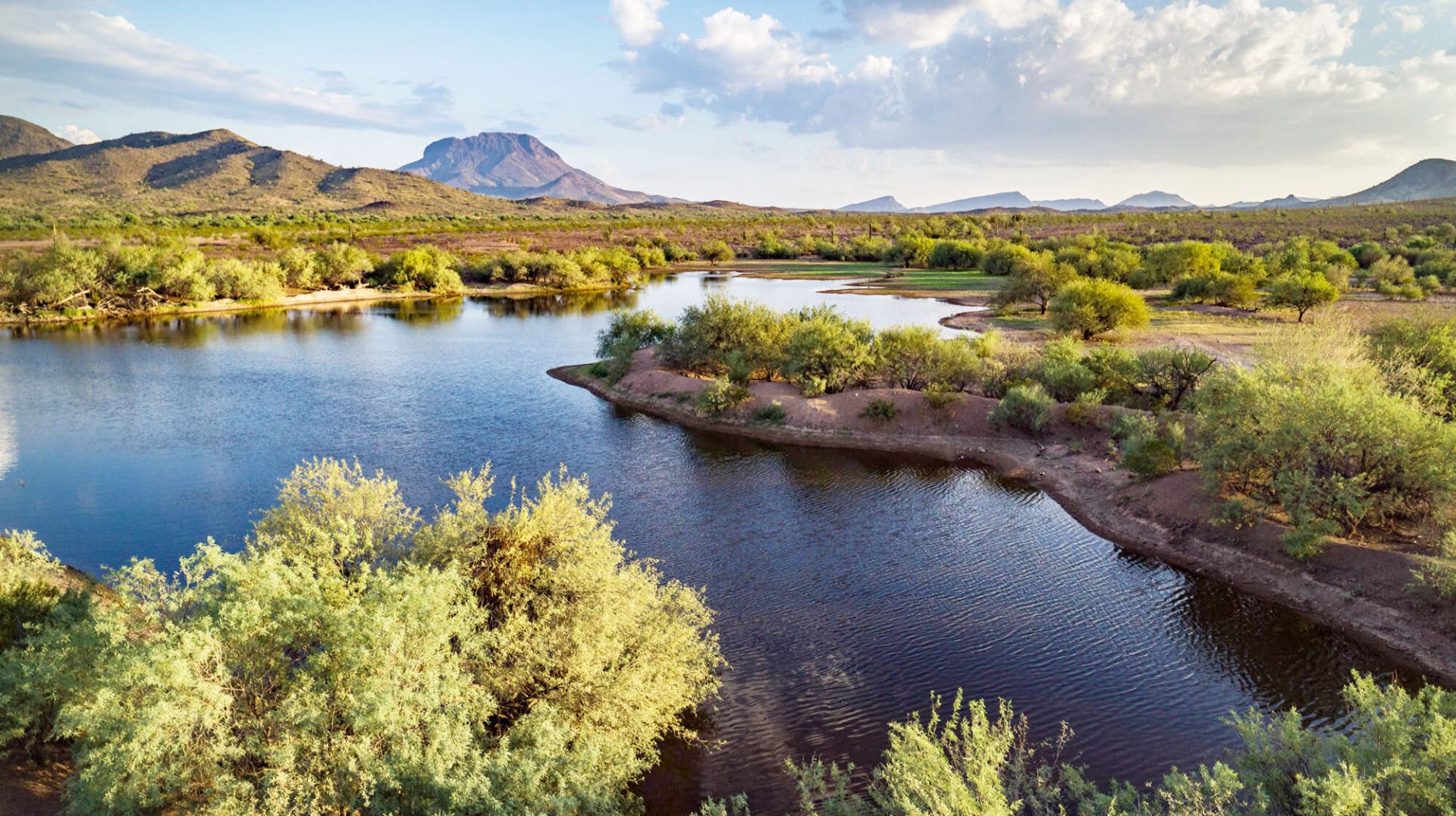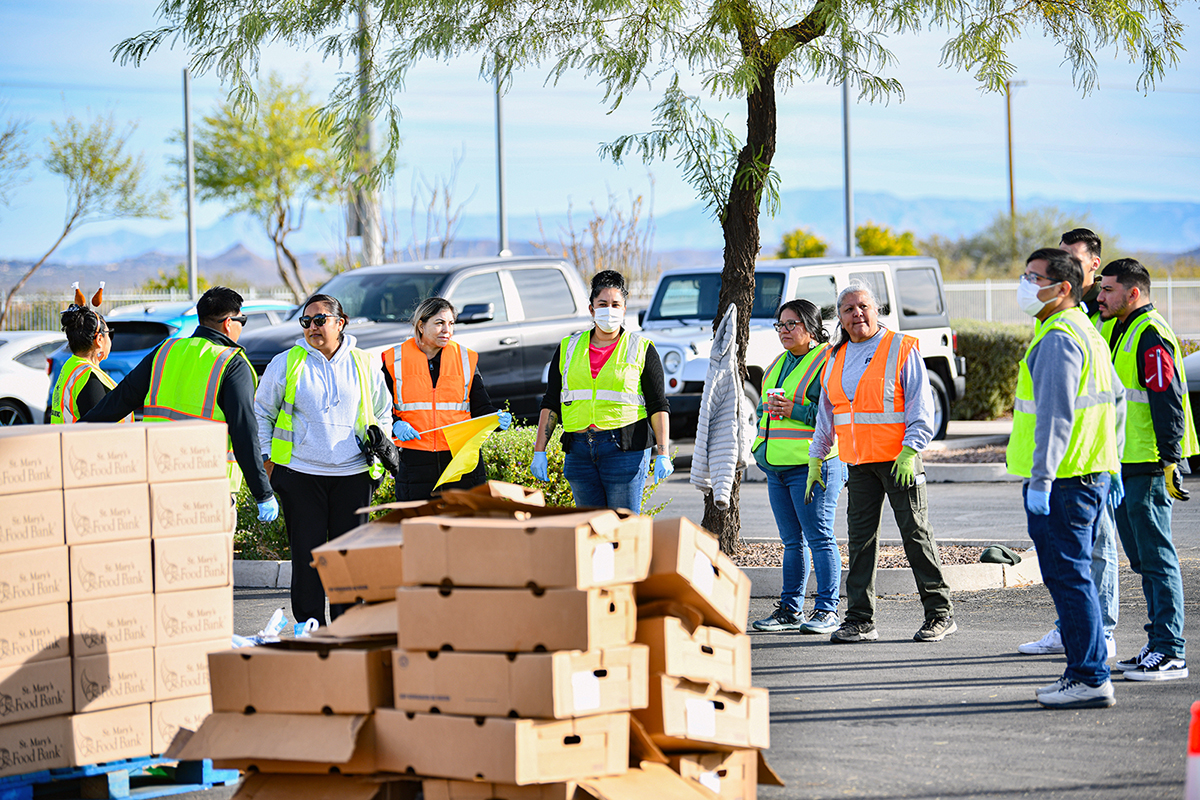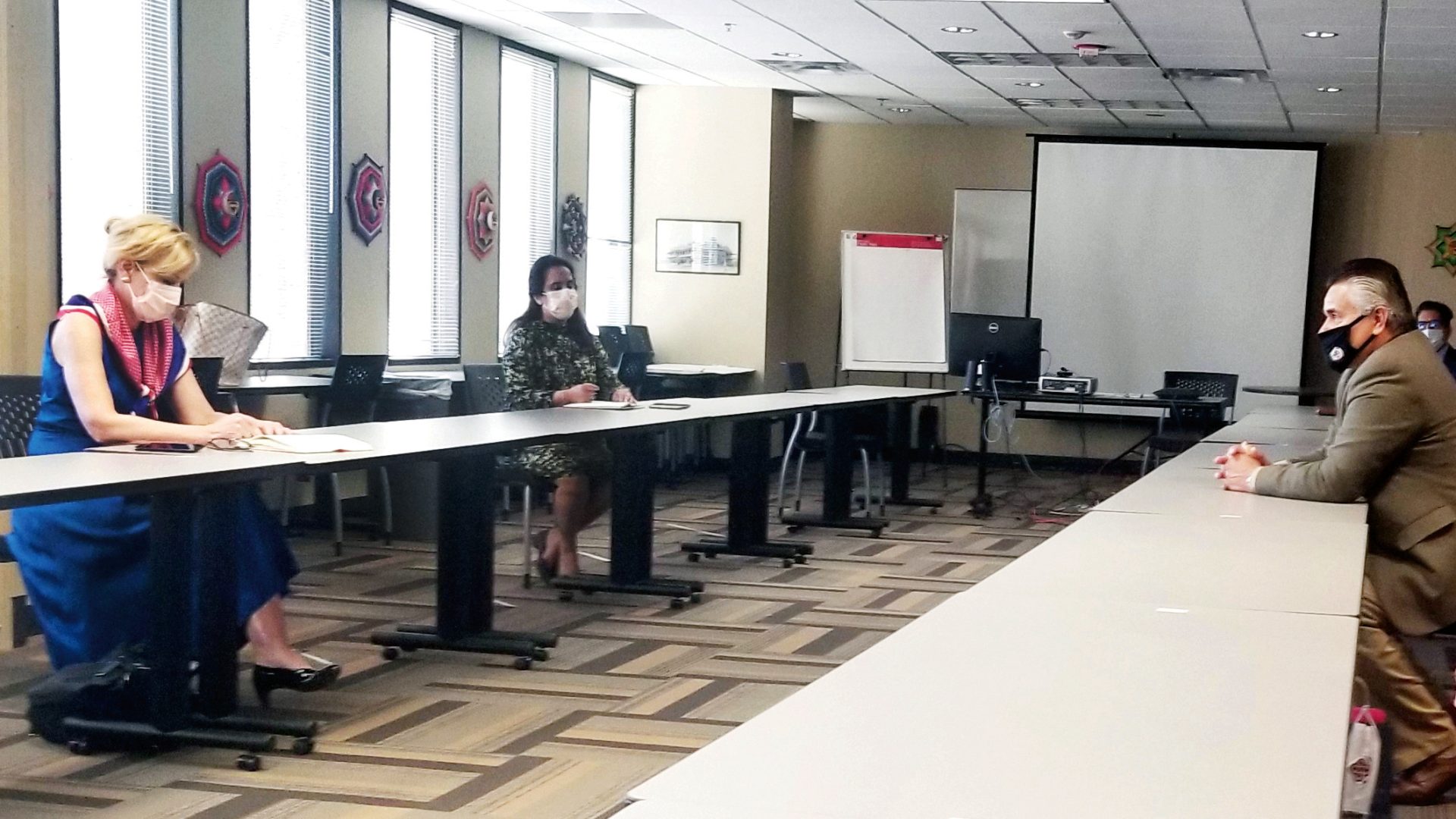VIEWS: 2597
August 31, 2022Great Bend of the Gila Conservation Act Introduced
On August 16, a bill titled the Great Bend of the Gila Conservation Act was introduced into the U.S. House of Representatives by Natural Resources Committee Chairman Raúl M. Grijalva (D-Ariz.) with support from many tribes, including the Salt River Pima-Maricopa Indian Community.
The bill will establish the 47,000-acre Palo Verde National Conservation Area, the 330,000-acre Great Bend of the Gila National Conservation Area, and nearly 60,000 acres of new wilderness.
“The SRPMIC emphatically supports the Great Bend of the Gila Conservation Act,” said SRPMIC President Martin Harvier. “The proposed legislation not only will establish two new conservation areas and protect cultural heritage lands important to the O’odham, it also ensures that associated tribal governments would be consulted on the co-management of the designated lands.”
Included in the legislation is language that Chair Grijalva calls “clear and purposeful in making tribal and Indigenous involvement critical to the stewardship of these public lands and places.”
According to Respect Great Bend coordinator Skylar Begay, the inclusion of a tribal commission in legislation is something new that hasn’t happened in many places, aside from recently at Bears Ears National Monument and just a few other examples across the country. “This is a big opportunity for the tribes of Southern Arizona and Arizona in general,” said Begay.
At least 13 federally recognized tribes place cultural significance on the Great Bend of the Gila River and surrounding lands.
“The traditional lands of the Akimel O’odham and Piipaash citizens of the SRPMIC extend from the lower Gila River into the Salt River Valley,” said Shane Anton, SRPMIC tribal historic preservation officer. “The portion of those lands that falls within the proposed Great Bend of the Gila National Conservation Area is considered an important cultural landscape to our Community. We strongly support the opportunity to expand protection of this area through a new national conservation area.”
For the past few years, organizations like Archeology Southwest have conducted on-the-ground archeological surveys and research to determine the geological extent of the boundaries decided in the bill. The proposed conservation areas include and/or are surrounded by existing Bureau of Land Management (BLM) land, private land and state-owned land.







